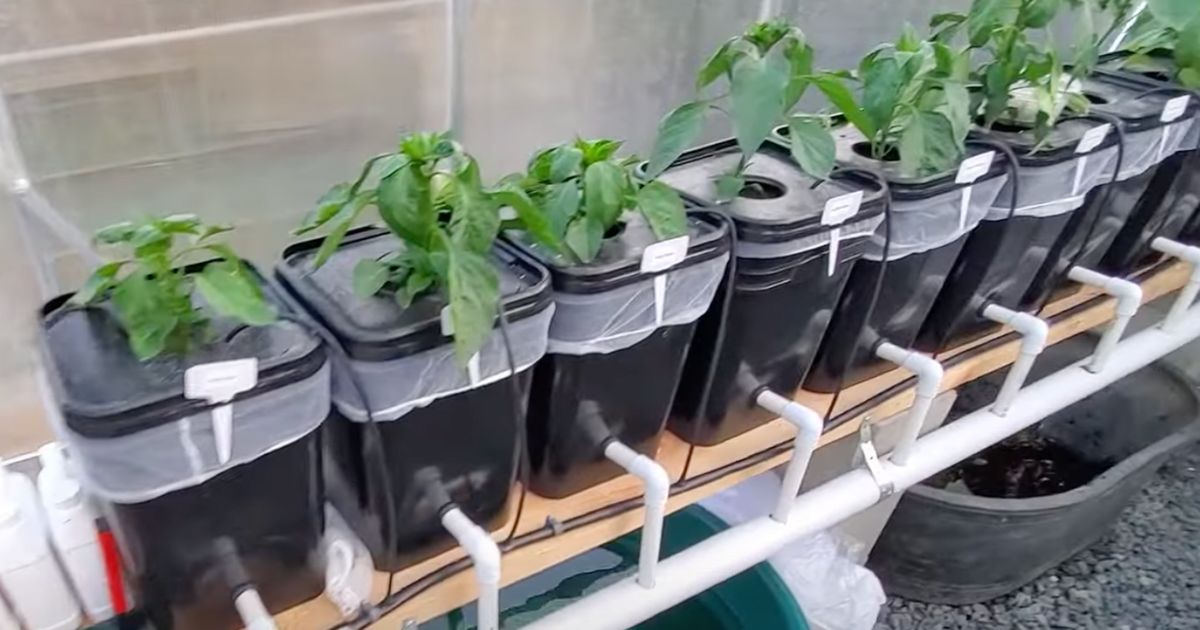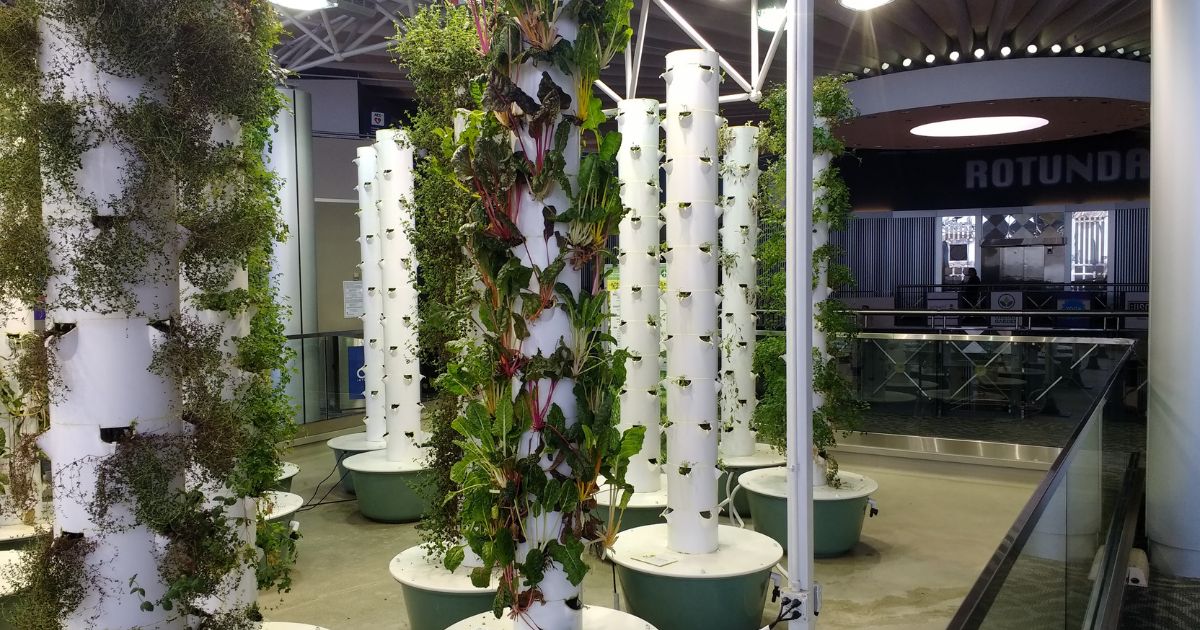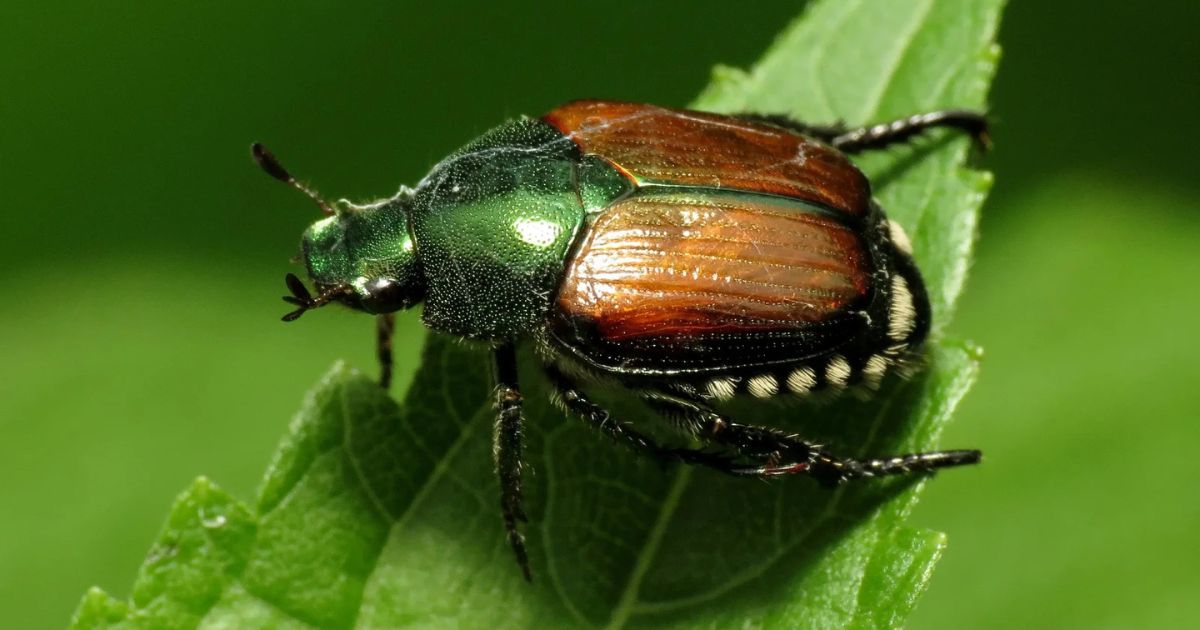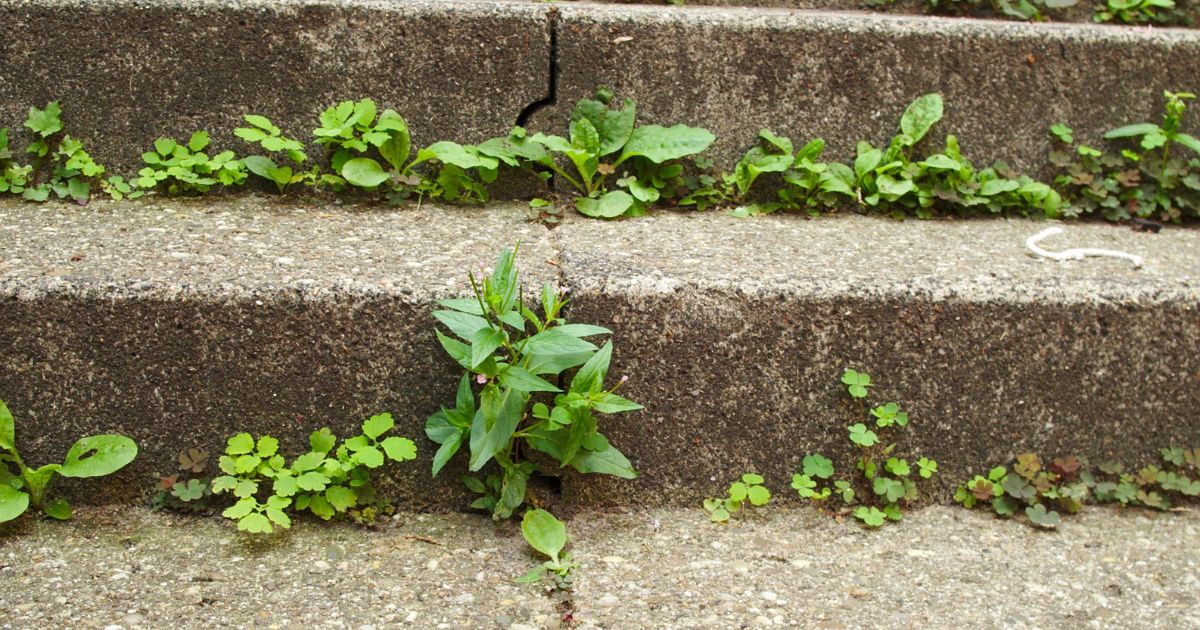
Dutch Bucket Hydroponics: A Comprehensive Guide
The Dutch Bucket, also known as the Bato Bucket, is a highly efficient hydroponic system widely used by commercial and hobbyist growers alike. It is particularly popular for growing large fruiting plants like tomatoes, cucumbers, and peppers. This guide covers everything you need to know about Dutch Bucket systems, including how they work, their benefits, and how to set one up.
What Is a Dutch Bucket System?
The Dutch Bucket system is a hydroponic growing method that uses individual buckets connected to a shared irrigation and drainage system. Each bucket typically contains one or two plants, making it ideal for growing larger crops.
Key Features of a Dutch Bucket System
- Individual Buckets: Each bucket acts as a growing container.
- Shared Nutrient Solution: A central reservoir supplies nutrients to all buckets.
- Gravity-Driven Drainage: Excess water drains back into the reservoir for recirculation.
- Flexible Layout: Can be scaled up or down depending on space and needs.
How Does the Dutch Bucket System Work?
The Dutch Bucket system relies on a simple, yet effective, design:
- Nutrient Delivery: A pump sends nutrient-rich water from the reservoir to each bucket through drip emitters.
- Growing Medium: Plants are anchored in a soilless medium like perlite, coconut coir, or clay pebbles.
- Drainage and Recirculation: Excess solution drains from the bottom of the bucket via a drainage pipe back into the reservoir.
This closed-loop system minimizes water waste and ensures plants receive consistent nutrients.
Benefits of Dutch Bucket Systems
1. Efficient Water Use
The recirculating design conserves water, making it more sustainable than traditional soil-based methods.
2. Supports Large Plants
Ideal for fruiting plants that require significant root space and support.
3. Scalability
Easily expandable to accommodate small or large operations.
4. Customizable
Buckets can be spaced to match plant requirements, ensuring optimal growth.
5. Low Maintenance
Automated irrigation reduces manual labor, making it perfect for busy growers.
Ideal Crops for Dutch Bucket Systems
- Tomatoes: Thrive in the spacious buckets and benefit from consistent nutrients.
- Cucumbers: Require room for roots and benefit from the system’s support.
- Peppers: Perform well with precise nutrient and water control.
- Eggplants: Require similar conditions to tomatoes and peppers.
Setting Up a Dutch Bucket System
Materials Needed
- Dutch buckets (Bato buckets or similar containers)
- Growing medium (e.g., perlite or coconut coir)
- Reservoir tank
- Submersible water pump
- Drip irrigation lines and emitters
- PVC pipes for drainage
- Net pots (optional)
- Nutrient solution
Step-by-Step Instructions
-
Prepare the Buckets
- Drill a hole near the bottom of each bucket for drainage.
- Attach a PVC drainage pipe to each hole, leading back to the reservoir.
-
Set Up the Reservoir
- Place the reservoir below the buckets to allow for gravity drainage.
- Install a submersible pump in the reservoir for nutrient delivery.
-
Install Irrigation Lines
- Connect drip irrigation lines to the pump.
- Insert emitters into each bucket to deliver nutrients directly to the plants.
-
Add Growing Medium
- Fill the buckets with a soilless growing medium like perlite or clay pebbles.
-
Plant Your Crops
- Place plants or seedlings in the buckets, ensuring roots are anchored in the medium.
-
Fill the Reservoir
- Mix your nutrient solution according to the needs of your plants and fill the reservoir.
-
Start the System
- Turn on the pump to begin delivering nutrients. Monitor drainage to ensure it flows back into the reservoir.
Maintenance Tips
- Check Nutrient Levels: Regularly test and adjust the nutrient solution to ensure optimal plant health.
- Clean Components: Periodically clean the reservoir, pipes, and buckets to prevent clogs and algae growth.
- Inspect Pumps and Emitters: Ensure consistent water flow and repair any leaks immediately.
- Monitor Plant Growth: Adjust the nutrient solution as plants grow and their needs change.
Common Challenges
- Clogged Emitters: Regular cleaning and using filtered water can prevent blockages.
- Root Rot: Avoid overwatering and ensure proper drainage to keep roots healthy.
- Algae Growth: Minimize light exposure to the reservoir and keep it sealed.
Why Choose Dutch Bucket Hydroponics?
The Dutch Bucket system is a versatile and efficient option for growers looking to cultivate large, high-yield crops. Its scalability and simplicity make it suitable for beginners and experienced hydroponic enthusiasts alike.
By understanding its design, benefits, and setup process, you can create a thriving garden that maximizes space, conserves resources, and delivers exceptional results.



